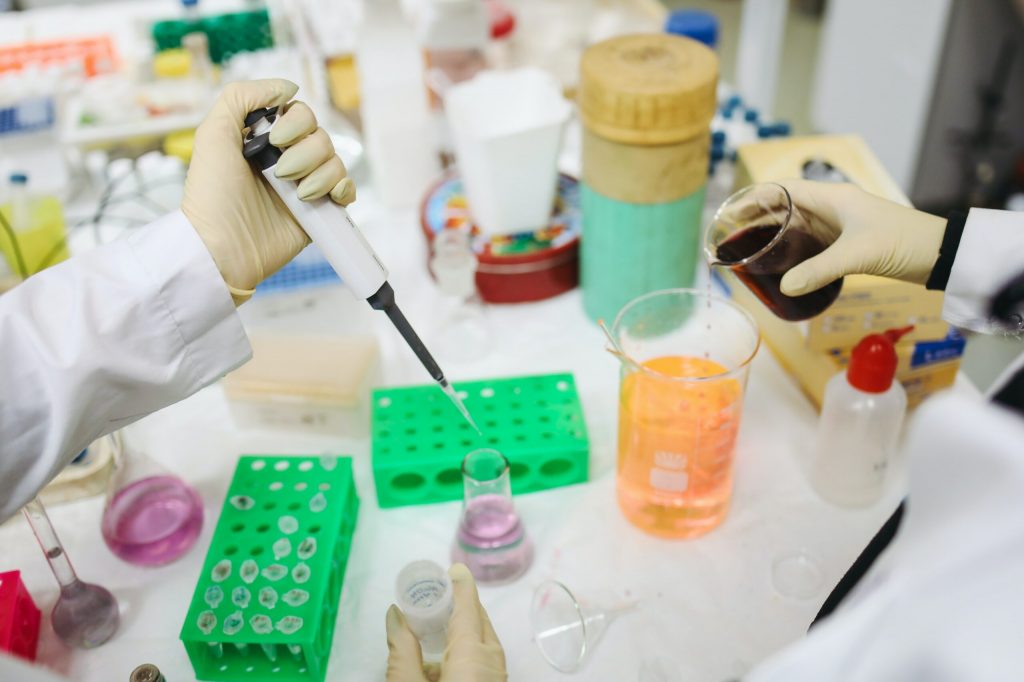5 min read
Among the many lessons learned during this pandemic, COVID-19 has emphasized the need for health equity. Already, we are seeing a disproportionately low distribution of lifesaving resources to low- and middle-income countries (LMICs).
To improve equity and accessibility, we have identified three main areas to scale our COVID-19 response: vaccine access and introduction; access to oxygen, medical solutions, and diagnostics; and epidemic response that maintains progress on primary health care and essential services.
Here are the lessons that we have learned, and how we can continue to make progress against the pandemic:
Partnering for equitable vaccine access and introduction
Many LMICs continue to be last in line for vaccine doses. As of April 2021, high-income countries had purchased more than half of the COVID-19 vaccine supply, whereas low-income countries had purchased around 9 percent of available doses. Reversing this trend is vital.
“COVID-19 showcases the critical importance of resilient immunization systems that can protect communities in a crisis and sustain coverage when the crisis is over,” says Dr. Vu Minh Huong, regional technical advisor at PATH Vietnam. “We won’t be able to end the pandemic or control the virus’ spread without more vaccines that people can access over the long term, no matter their income level.”
Working locally in Thailand, Vietnam, and Brazil, PATH has helped develop and test a new, low-cost vaccine—called NDV HXP-S—that can be produced more rapidly in existing flu vaccine manufacturing facilities in low-income countries. If proven safe and effective, it could make pandemic protection a reality for people and communities unable to access current COVID-19 vaccines. Thanks to a novel molecular design, NDV-HXP-S can be manufactured sustainably and transported using standard refrigeration. In many ways, this new vaccine could help pave the way toward global vaccine equity.
PATH supported the development of the vaccine technology; just as important, we connected, facilitated, and advised, providing critical linkages between technologies and partners in the quest to fill the unmet needs of market-driven vaccine development. Partnerships have always been a core aspect of PATH’s work and the global efforts around COVID-19 vaccine development have illustrated the innovation that can be achieved through cross-sector collaboration.
Supporting access to oxygen, critical medical solutions, and diagnostics
Access to medical oxygen can be critical for those diagnosed with COVID-19. Approximately 15 percent of all people with COVID-19 require oxygen support. In LMICs, an estimated half a million people require 1 million cylinders of oxygen every day. But health systems are unable to meet the demand since oxygen has been chronically underfunded in LMICs for decades.
“The oxygen access gap is not new, but COVID-19 has brought this issue into the light,” says Deogratias Agaba, a senior communications officer at PATH Uganda. “When the pandemic began, many governments tried to prepare, but oxygen systems are difficult to quickly scale. They require significant up-front investments in time and money, and then dedicated resources to maintain.”
PATH’s 200-person team in India has been working on the COVID-19 response and medical oxygen availability since the beginning of the pandemic—from training health care workers on oxygen use to managing procurement and installation of large-scale oxygen equipment at hospitals. The team is now responding to the current crisis by procuring oxygen supplies and oxygen generators, supporting test and trace efforts for COVID-19, and working closely with state governments to scale up their response. But health teams can only do so much with limited capacity. COVID-19 has exposed the need for oxygen access in LMICs and confirms that it can no longer be overlooked in funding decisions.
To detect new COVID-19 variants, PATH monitors the global supply of diagnostics in the Washington COVID-19 Biorepository housed in our Seattle lab and stores the data in an online dashboard. Sharing access to this data is crucial to equip planners and outbreak managers with the information they need.
Strengthening health systems for epidemic response and essential services
Another challenge is that COVID-19 has pulled staffing and resources from other public health problems that still need attention. In West Africa, for instance, cases of yellow fever and Ebola are starting to crop up again. Many routine immunization programs were already stretched thin prior to COVID-19. We cannot risk slowing or undoing progress during COVID-19.
Our local offices in dozens of countries across Africa and Asia have worked to strengthen health systems and scale up access to testing, treatment, and the tools people need to stay safe. We have maintained essential efforts—and minimized COVID-19’s impact—by immunizing children against deadly diseases, ensuring women retain access to contraceptives, and maintaining lifesaving services for people affected by HIV, malaria, and more. Strong primary health care systems are essential for stopping the pandemic while continuing to offer routine services to keep populations healthy. Primary health care should be prioritized moving forward since it not only ensures more regular access to essential services in communities, but also helps future proof health systems for epidemic outbreaks.
Looking forward
After months of vaccine distributions, some high-income countries are returning to a state of normalcy, while the majority of the world remains in the thick of the pandemic as supplies are strained and variants surge. While vaccine access is rightfully at the forefront of many minds, the ability to deliver vaccinations is dependent on each country’s health system—reminding us that we cannot lose sight of the full picture of health equity.
Our scope of work at PATH is vast—from forging multisector partnerships to developing expertise in science, economies, technology, and advocacy. This allows us to take a multifaceted approach to COVID-19, and has prompted us to incorporate pandemic preparedness and response to emerging health threats into our new 2025 strategy. To learn more about PATH’s COVID-19 response and 2025 strategy, visit www.path.org.


















